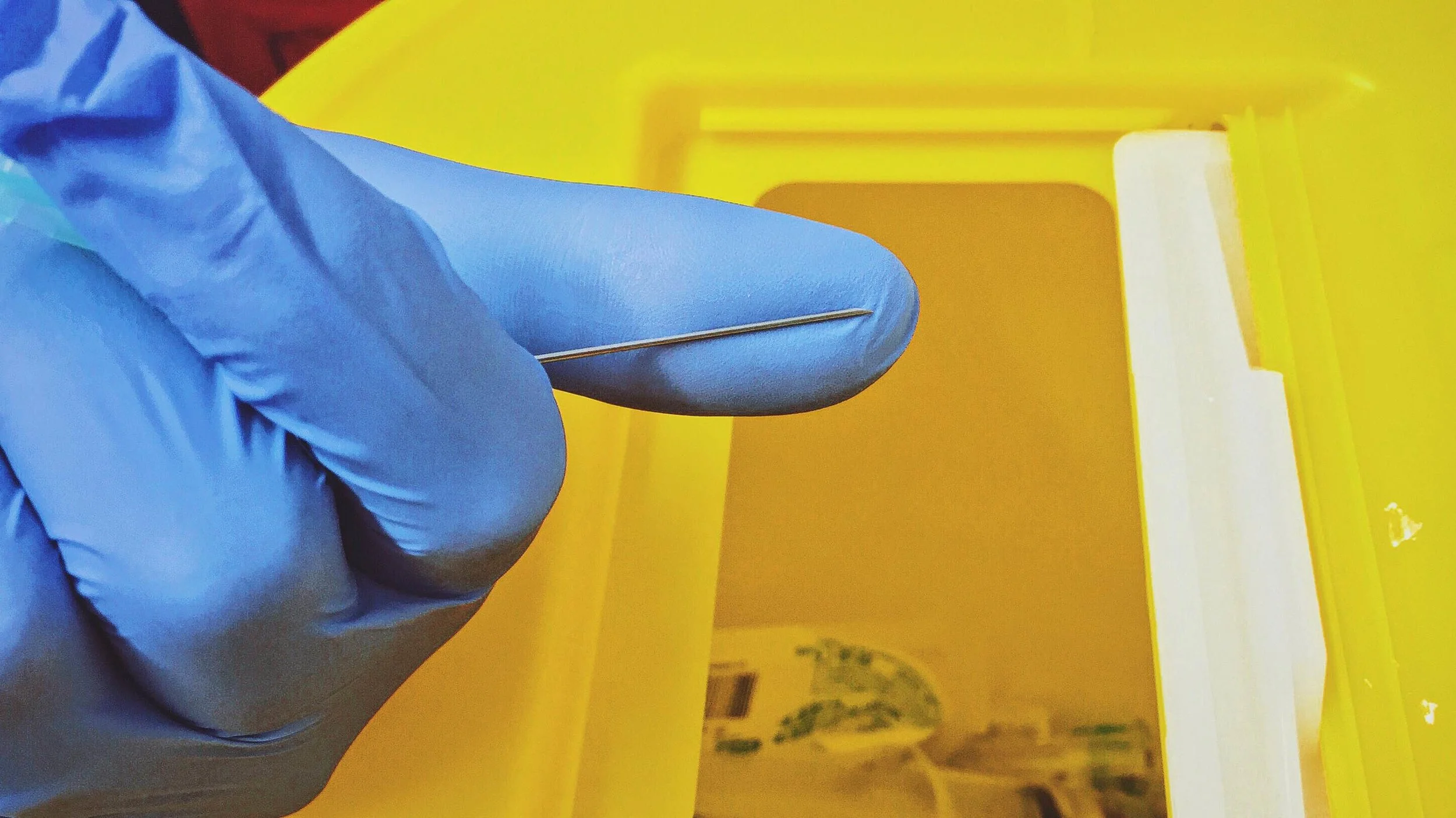Incontinence
““Any involuntary loss of urine which objectively demonstrable and a social or hygienic problem – Incontinence is NEVER normal!””
The Podcast
The Scale of The Problem
3-6 million people suffer from urinary incontinence (UI) in UK. 60-80% has never sought help; people don’t admit to continence problems. It isthree times more common in women than men.
For those age >80 years, 46% of women and 34% of men suffer from UI.
Medical Complications:
UTI
Pressure ulcers (due to moisture)
Falls and fractures
Rashes (e.g. Incontinence associated dermatitis)
Psychological Complications:
Embarrassment
Stigmatisation
Isolation/Depression
Basics of Bladder
Capacity: 400-600 mls. Average void volume: 250-400 mls
Residual urine (post void): 0 ml (up to 200 mls in older people)
Micturition reflex: autonomic nervous systems (sympathetic/parasympathetic) runs between bladder and pontine micturition centre in brainstem via lower spinal cord.
Persistent Urinary Incontinence
Overactive Bladder syndrome (urge incontinence): most common type (~70%), inability to delay voiding due to detrusor (bladder) muscle instability. Commonly seen in stroke, dementia, Parkinsonism, MS, and spinal cord injury.
Stress Incontinence syndrome: increase in intra-abdominal pressure (ex; cough, laugh, exercise) causes incontinence due to weakness of pelvic floor muscles.
Bladder Outlet syndrome (overflow incontinence): dribbling/continuous leakage with incomplete bladder emptying due to obstruction (prostate enlargement, faecal impaction)
Mixed syndrome: mixture of 1 & 2 above
Continual Incontinence syndrome: Fistula between bladder and vagina
Functional – inability to get to the toilet in time, for example because of arthritis
- Do not give prophylactic antibiotics without assessment!
- Don't assume it is not an ED problem: it's the consequences such as UTIs and falls. Let's stop them before they happen!
Discussion Points
After conservative measures, such as fluid intake, avoiding caffeine, bladder training, pelvic floor exercise, Tension-Free Vaginal Tape surgery is a relatively minor and accessible operation for Stress Incontinence syndrome.
For people with RECURRENT UTI, look out for
Atrophic vaginitis
Constipation
Do post-void bladder scan.








